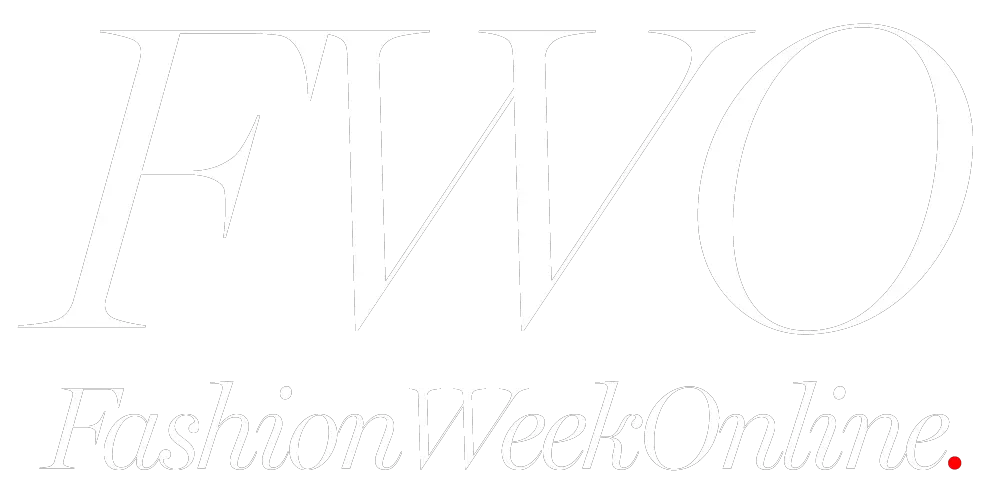Last Updated: April 4, 2025
See an error? Send story corrections here.
The trend toward sustainable fashion is more critical today than ever before.
The paradox of the fashion industry lies in its dual nature: it is one of the most creative fields while also being one of the most environmentally destructive. Environmentalists are particularly alarmed by the issue of “fast fashion.” According to Greenpeace, 92 million tons of discarded clothing end up in landfills annually. Plastic-based synthetic materials take centuries to decompose fully. The need for innovative approaches to make the fashion industry more environmentally friendly has become increasingly evident.
Designer Kseniia Ryzhikova is the creator of a unique patented technology for recycling fur products, as well as exclusive collections of shoes and accessories. She is also a candidate member of the Eurasian Art Union. Kseniia’s innovation earned her two prestigious awards: the National Business Award in the “Designer-Innovator of the Year” category and the Best for Life Design Award in the “Designer of Clothing and Accessories” category. In this interview, Kseniia shares how her technology breathes new life into old materials, creates exclusive products, and contributes to the advancement of sustainable fashion.
Ryzhikova is the creator of a unique patented technology for recycling fur products
Kseniia Ryzhikova
Photos of Kseniia
Q: The year 2024 has been very successful for you professionally: the technology you have developed has brought you victories in prestigious competitions, please tell us more about it.
The technology involves crocheting with natural fur. This method is highly eco-friendly, as it allows the use of both new materials and recycled items. For instance, old fur coats can be transformed using my technology into a variety of products — from clothing and accessories to home decor items like pillows and throws. The fur is cut into thin strips, and through a specialized knitting technique, a dense and warm fabric is created. Our products are made to order and are highly sought after by those who appreciate exclusive, handmade items. Unlike mass-market goods, these products remain timeless and are not discarded after just a season or two. At the end of last year, I officially patented this technology. I see tremendous potential in it, as it offers an eco-friendly way to recycle old items — particularly natural fur, whose production is highly detrimental to the environment. The process consumes significant amounts of water and energy and relies on chemicals that pollute the atmosphere. Creating new items from recycled fur is far preferable to discarding it.
Q: How and when did you come to create this technology? What prompted its development?
The technology was developed about eight years ago. The idea came to me while looking at my own fur coats hanging in the closet, unworn because their styles had become outdated. I thought it would be fascinating to combine fur with crochet techniques, giving these pieces a new lease on life.
Q: What other advantages do things made with your technology have besides being environmentally friendly?
Thanks to the unique knitting method and the density of the fabric, the products are exceptionally soft and warm. For example, a child’s hat made with this technology will be far warmer than a standard woolen hat. The warmth comes from the combination of fur with a woven base — wool or cotton thread. The resulting products are soft, lightweight, and elastic. Unlike traditional fur, which tends to be heavy, my creations are comfortable to wear and maintain their shape beautifully. Home items made with this technique are also of high quality and durability. Additionally, they are exclusive, handmade pieces that add unique accents to any interior.
the products are exceptionally soft and warm
Q: You have successfully presented your products at international design competitions, including winning the prestigious Shoes Style competition early in your career, where the legendary Vyacheslav Zaitsev was among the judges. Tell us how your journey began. How did you enter the world of fashion?
Fashion has fascinated me since childhood. My mother, a stylist, instilled in me a love for this field. I attended art school for ten years, participating in city and national competitions, where I often won prizes. This passion made it clear that I belonged in the world of fashion. I enrolled at the Moscow State University of Design and Technology, specializing in the construction and design of leather and fur products, with a focus on footwear. By my second year, under the guidance of my professors, I began creating my own collections. After graduating, I continued designing shoes and accessories, collaborating with renowned brands like Ralf Ringer and CenterObuv. I also worked with clothing brands, including the premium label Maison Kaleidoscope, and styled photo shoots for photographer Daria Bulavina, whose portfolio includes work with numerous celebrities.
Q: Eco-friendly fashion has already become a global trend. What do you think are the most significant challenges global brands and designers face in making fashion more sustainable?
I believe the biggest challenge is “fast fashion.” The industry’s primary goal should be to reduce consumption. This can be achieved by slowing down the pace of trend cycles and making them last longer. Additionally, people often discard items that, while fashionable, are uncomfortable to wear. Therefore, the most important task is to produce high-quality, comfortable, and enjoyable-to-wear garments. It’s also crucial to transition to eco-friendly materials, as the market is flooded with synthetic products that pose a significant threat to the environment. For instance, artificial fur, which is currently popular, is not an ideal solution because it cannot be recycled. Such coats typically end up in landfills after just a few seasons. In contrast, our coats and jackets are entirely natural and 100% recyclable. I prioritize minimalist design and high quality, ensuring that my pieces remain timeless and versatile. My goal is to create clothing that seamlessly integrates into any wardrobe, transcends fleeting trends, and retains its shape and quality even after washing. Such garments last significantly longer than mass-market products.
The industry’s primary goal should be to reduce consumption
Q: Technologies like yours undoubtedly contribute to positive changes in the fashion industry. In your opinion, is the industry steadily moving toward sustainable fashion, or are the improvements still not very noticeable?
Yes, I feel that fashion is gradually becoming more sustainable, with trends lasting longer than before. The world seems to have grown weary of “fast fashion,” and consumers are becoming more mindful of their purchases. Many now understand that it’s better to invest in high-quality, natural materials rather than cheaper, low-quality, or uncomfortable clothing that quickly wears out. As this awareness grows, brands are increasingly adopting eco-friendly materials and sustainable production practices. They are reducing the use of harmful chemicals, optimizing waste disposal processes, and implementing energy-saving technologies.
Q: In addition to eco-friendly production technology, you have also developed your own style. How would you describe it?
I’ve experimented with various directions, but I always return to creating classic, timeless pieces that remain relevant regardless of seasonal trends. My style can be described as classic with eclectic elements and modern touches. I prioritize natural materials, such as fur, wool, linen, cotton, and silk. I also work with organic cotton, recycled fur, and bamboo-based fabrics. These materials are not only more sustainable but also far more comfortable than synthetic alternatives. I believe that with creativity and skill, eco-fashion offers the opportunity to craft unique, stylish looks that are anything but boring or monotonous.
Q: What are your forecasts for the development of Russian fashion in the coming years? How do you assess its current state?
I believe there are now all the necessary conditions for Russian fashion to thrive. The exit of several global brands has opened up numerous market niches. This presents an excellent opportunity for domestic brands to establish themselves, especially if they focus on producing genuinely high-quality products.
##










